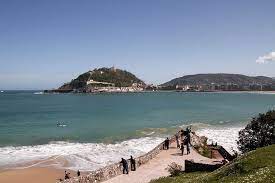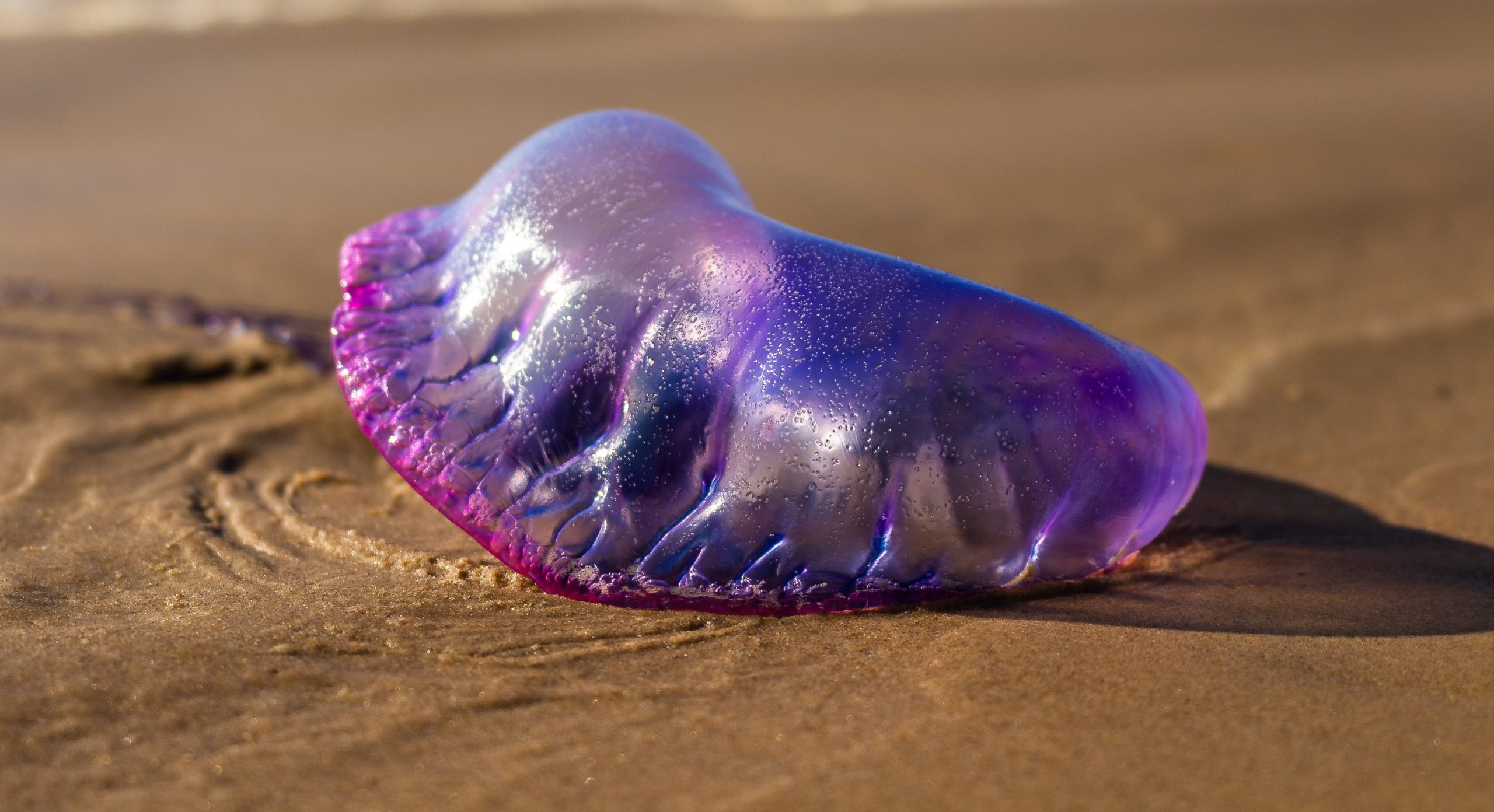HUNDREDS of sightings of Portuguese Man O’War have led to a number of beaches in northern Spain to be closed for swimmers.
Basque Country and Cantabria are the Spanish regions where more specimens of the species have been seen.
In the Basque Country, a number of bathers have been stung in Zarautz, Getaria, Hondarribia and San Sebastian.
The well-known beaches of La Concha (San Sebastian) and La Arena (Muskiz) were closed to bathing on Saturday afternoon after two people were stung.

In Cantabria, Red Cross members have removed around 100 specimens of Portuguese Man O’War across a number of beaches in the region, where seven people have been stung.
“The situation is not alarming. People can relax as we have only found two or three specimens in each beach and they were far from each other,” David Peinado, Red Cross Representative in Cantabria said.
For the moment, no beaches have been closed for swimmers in the region and it is unknown how the situation will evolve.
The Portuguese Man O’War is often mistaken for a jellyfish, but is actually a species of siphonophore – a group of closely-related animals.
Their tentacles are filled with coiled, barbed tubes that deliver venom capable of paralysing and killing small fish and crustaceans.
Tentacles are 10 metres long on average but they can reach up to 50 metres and can still stung after death.
They are rarely deadly to people but can be dangerous to children, elderly people, asthmatics and people with allergies as they can cause fever, shock and respiratory distress.
Read more:
- First spring sightings of poisonous Portuguese Man O’War in Spain’s Costa Blanca waters
- Thousands of fried egg jellyfish take over Murcia’s coast
Click here to read more Environment News from The Olive Press.








